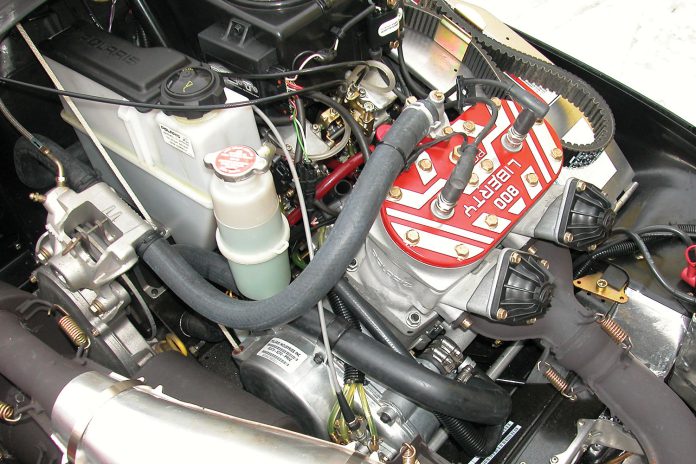We can’t help but think the decade from 2000 to 2010 brought about the greatest changes in the snowmobile industry and was the most revolutionary time span in snowmobiling’s history. This series explores some of the most revolutionary advancements this sport has ever seen…
THE MOVE FROM BIG-INCH 2-STROKE TRIPLES TO TWINS
In the late 1990s the industry, Polaris in particular, had begun to notice the torque benefits of using big-inch twins instead of the rampant use of big-inch triples in their highest performing sleds.
Some of it was due to the popularity of snocross racing and the focus on weight reduction for production sleds – a demand driven by Ski-Doo.
Out there on the snow it was becoming a growing trend that many trail-riders were viewing themselves as snocross-like-racers and wanted their sled to perform and ride that way – and more so, they wanted to look that way, too!
Still, in 2000 many OEMs were still offering 2-stroke triples as their premium performance snowmobiles. These 3-cylinder lake racers were extremely fast and focused on blistering, rpm-induced acceleration and top speed.
Looking back, it’s easy to observe their image was at cross-purposes to where the industry was going with the snocross persona. A change was on its way.
In 2003, Yamaha dumped its popular 3-hole SRX in favor of a commitment to 4-stroke triples, Ski-Doo introduced the 2-stroke twin powered 800 REV and Cat had already brought out the rocket-fast 700 twin FireCat.
It was a slow transition away from the triples but by the end of the decade there were no big-inch 3-cylinder 2-strokes to be found.



